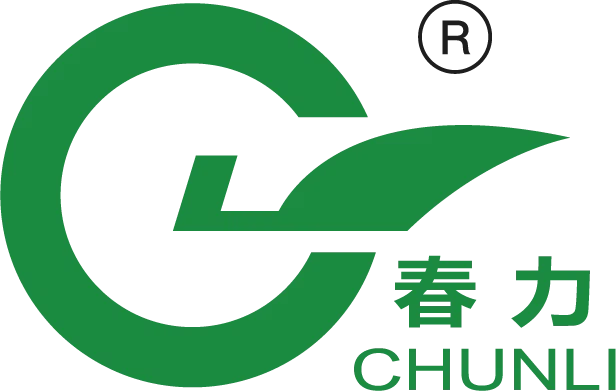There is no doubt about the completeness and advancement of my country's tea standardization work, but "the lack of Chinese tea standards" is what we often hear in the market. Regarding the analysis of the crux of the problem, we must first understand the basic situation of China's tea standardization work.
my country's tea quality standardization started in the mid-1980s. In 2008, the National Tea Standardization Technical Committee was established. Now there are Longjing tea, Oolong tea, Biluochun, Pu'er tea, frontier tea, special tea international standards domestic working group, dark tea, black tea 12 working groups including white tea, fu tea, scented tea, and yellow tea. So far, it has basically formed a relatively complete standard system with national standards, industry standards and local standards as the main body and group standards and enterprise standards as supplements.
Among the thousands of tea standards, most are teas, production and processing, testing methods for contained substances, pesticide residues and pollutants limit standards and testing methods, and standard descriptions for general packaging. For the time being, the formulation of tea standards focuses more on the production side, and there are few national standards for designing the market and the consumer side. Therefore, the most complaining about "the lack of tea standards" is on the tea consumer side, especially marketers.
Tea, including all agricultural products, are actually facing such a problem. Tea products with unstable appearance, taste, and quality are difficult to retain consumers, especially emerging consumer groups who have just come into contact with such products. Among them, the difference between consumers' taste preferences and psychological expectations is an insurmountable gap for non-standard agricultural products. Standardized production has also become a necessary link for tea companies to achieve chain and branding in the development process.
The essence of the problem pointed out here is the production and production of standardized products that consumers can see.
Another problem that arises from this is that the standards of the circulation link are not sound, and there is a lack of standards for management, packaging, sorting, distribution, and acceptance. For example, in Japanese supermarkets, the roundness, length, and sweetness of agricultural and sideline products will be tested and screened and then uniformly priced; in the testing standards of Fuji apples, they will be based on ripeness, freshness, perfection, uniformity, etc. The latitude is graded, and the grading and screening process will be inspected by multiple pipelines such as infrared rays. Fruits of different grades will be divided accordingly to different consumer groups in different circulation channels.
This also means that the benefits generated by products of different quality levels are clearly divided. While clearing the market, consumers have a basis to follow, and it also forces manufacturers to increase their product quality requirements.
"Standards" have been implemented step by step and entered the market
In fact, my country's tea standardization work is gradually moving closer to the market.
At present, the six major tea standards in my country are relatively complete, and they are also leading the formulation of international standards such as oolong tea and white tea. The basic content of the product standards and specifications for tea quality characteristics, tea fresh leaf raw materials, tea production and processing, tea sensory evaluation, tea packaging, tea storage and transportation, and tea classification have been continuously consolidated. At the same time, the National Tea Standardization Technical Committee and other related units The standard tentacles are also continuously extended.
01. The scope of tea standards is constantly expanding
The "group standard" in my country's new standard system was established by the State Council in 2015 in order to quickly respond to innovation and market demand for standards. The group standard mainly serves the tea industry's supply function, with flexible mechanism and relatively simple preparation process; it has a wide range of applications, supports patents and scientific and technological achievements into the group standard, promotes the industrialization and marketization of innovative technologies; it is more practical and more practical. Consider the problem from the standpoint of the standard applicator. Group standards can quickly meet market needs and respond to market changes.
